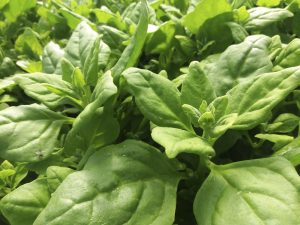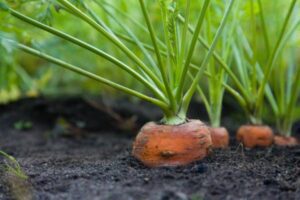Pruning is an essential practice in the care of plants and trees. Beyond its aesthetic aspect, pruning allows you to improve the health, growth and production of your plants. Each season has its particularities, and understanding how and when to prune can make the difference between a healthy plant and one that simply survives.
In this guide we will explain everything you need to know about seasonal pruning, adapted to the needs of your plants throughout the year. Whether you have fruit trees, ornamental shrubs or climbers, you will find the best advice here.
What is pruning and why is it important?
Pruning is the process of trimming branches, shoots or damaged parts of plants to stimulate healthy growth, control their shape and improve their production. By performing proper pruning, we achieve:
- Improve ventilation and sunlight entry.
- Stimulate flowering and fruiting.
- Remove diseased or damaged parts to prevent the spread of pests.
- Maintain an aesthetic or controlled shape.
Pruning not only benefits the plants, but also facilitates their management and reduces risks, such as falling branches.

Seasonal pruning: adapting care to each season of the year
Winter pruning: preparing for a new cycle
Winter is the ideal time to perform maintenance pruning on deciduous trees and shrubs. During this time, plants are in dormancy, which minimizes the stress caused by pruning.
Key tips:
- Remove dry, broken or diseased branches.
- Prune fruit trees to eliminate suckers and stimulate production.
- Take advantage of this opportunity to shape shrubs and leafless hedges.
Spring pruning: stimulating growth
In spring, many plants begin to sprout and grow rapidly. Here it is important to perform a clean-up pruning to remove winter debris and direct growth to the strongest branches.
Key tips:
- Remove faded flowers on perennials to encourage new blooms.
- Controls the growth of climbers and shrubs.
- Prune ornamental trees to maintain their shape.
Summer pruning: maintenance and control
Summer is ideal for light pruning to keep the garden neat and tidy. It is also the time to control overgrowth of vigorous plants.
Key tips:
- Prune in the cooler hours of the day.
- Eliminate shoots and branches that consume too many resources.
- Controls the height and spread of shrubs and hedges.
Fall pruning: closing the cycle
In autumn, many plants begin to go into dormancy. It is a good opportunity to clean and prepare the garden before winter.
Key tips:
- Remove dry branches and accumulated leaves.
- Perform light pruning on winter flowering plants.
- Avoid drastic pruning, as it could weaken the plants before the cold.
Tools needed for effective pruning
To prune efficiently and safely, you will need the right tools:
- Pruning shears: ideal for small branches.
- Pruning saws: for thicker branches.
- Long-handled shears: perfect for reaching high branches.
- Protective gloves and goggles: to avoid injuries.

Remember to disinfect tools before and after pruning to prevent the spread of disease.
Additional tips for healthy pruning
- Identify the needs of each plant. Not all require the same type of pruning; some need more care than others.
- Cut at the right place. Always make the cut near a node or bud to promote orderly growth.
- Avoid excessive cutting. Pruning too much can weaken the plant and reduce its ability to produce flowers or fruit.
Note on the use of fertilizers
After pruning, plants need to recover. Applying an organic fertilizer can help stimulate healthy growth and strengthen them for the next season.
If you need specific fertilizers for after pruning, consult our online store or contact us for advice.
Information note: Bulk fertilizers for professionals and small farmers
If you are an agricultural professional or a small farmer interested in bulk fertilizers, please contact us at espana@sementesvivas.bio . We will be pleased to advise you and offer you tailor-made solutions.

